I’m currently at Santa Fe Opera for the first time. I love it: both the city and the festival are beautiful. I saw Rimsky-Korsakov’s The Golden Cockerel (a rarity, at least in this part of the world) on Wednesday evening. It was colorful and entertaining and beautifully sung. But one element of the production fell flat: the projections. And I realized this is a pattern. Don Giovanni at San Francisco Opera had problems that were caused—or at least exacerbated—by the use of projections. Even the charming Jun Kaneko Magic Flute has issues.

I get why projections appeal so much to directors. They allow settings to be completely transformed quickly. They can move, unlike painted walls. They can show a characters’ thoughts or dreams without awkward appearances by three-dimensional dancers or ghosts.
They also have inherent limitations. They are not interactive (unless you invest significant additional effort to make them so), so they don’t give singers something to do. They encourage an abstractness of setting that makes acting difficult. (In my experience, projections are rarely used to simply create a specific time and place.) They allow directors to jump from one image to another without fully developing their ideas.
The biggest problem in all of this is the effect on the singers’ acting. Singers already face a huge challenge compared to actors in straight theater: they are often alone on stage for long stretches of time, with little text to deliver. A good way to deal with this is to find things to do that are motivated by the words, (music,) character, and setting. To steal an example from Stella Adler: If Nora in A Doll’s House must prepare for Christmas in nineteenth-century Norway, there are a thousand little tasks she needs to complete. She is helped by the presence of a tree, packages, decorations, and so forth. But if a director decides that projections can replace a physical set and props, what does she do? If the director also makes the setting vague—it’s an aesthetic rather than a time and place—she has even fewer clues. It will be hard for her not to be boring. Opera has music to make stillness more interesting, but it doesn’t eliminate the need for good, naturalistic acting.
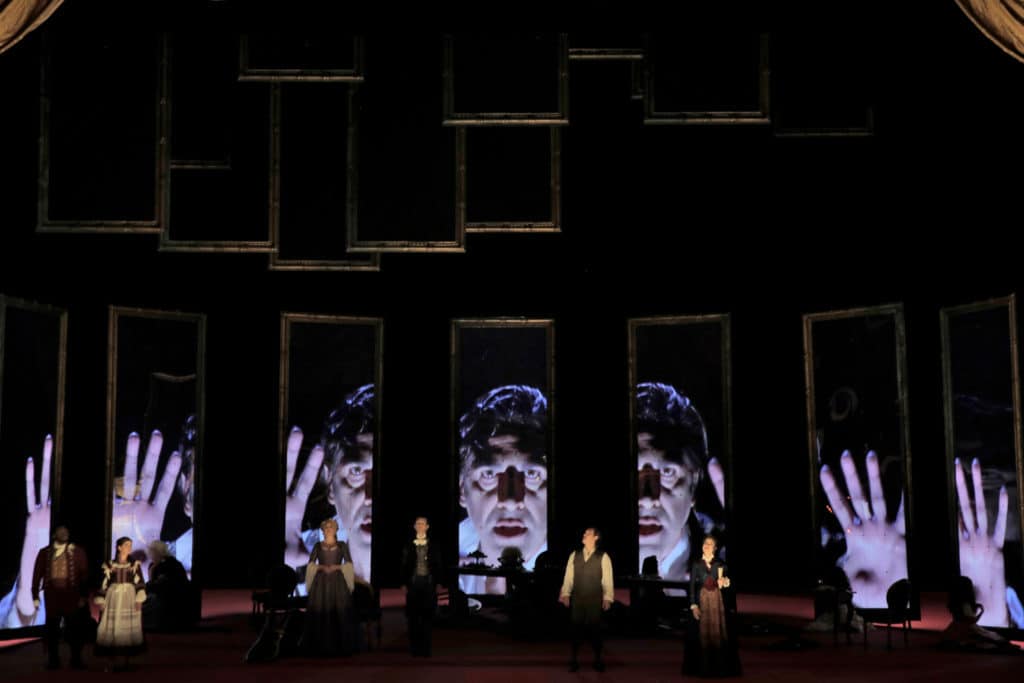
Let’s explore where some of the productions I mentioned above went wrong. The Magic Flute is the simplest case: there was simply nothing for the singers to interact with. The result was static blocking and unmotivated actions. Jacopo Spirei’s Don Giovanni showed a clearer case of projection abuse. The giant faces on the screens distracted from the action onstage, and the screens themselves got in the way of the Commendatore making a dramatic entrance. In the final scene, Don Giovanni got “trapped” in the screens/mirrors. The whole concept was muddled and frankly laughable. Paul Curran’s The Golden Cockerel didn’t fail so spectacularly, but the comedy derived from the one physical set piece (a giant throne) made me yearn for what might have been if the rest hadn’t been projected. Making the eponymous golden cockerel a projection was also a mistake—no matter how you design it, a two-dimensional bird pecking a character to death is unconvincing.
To be clear: I am not condemning the use of projections. They just need to be used well. The Metropolitan Opera 50th Anniversary Gala deftly used a mixture of projected and real set elements to switch between operas (and therefore settings) every few minutes. Berkeley Opera (now West Edge Opera) deployed clever projections in their Don Giovanni. In the video below, you can see why their approach is so successful. The projections are (or at least pretend to be) responding the Leporello’s taps on his smartphone. And they serve a clear purpose: illustrating numbers so large they are difficult to imagine!
Opera could also learn something from the way straight plays make use of projections. Robert Lepage directs both plays and operas, but his most successful use of projections is in a play: the mind-bending Needles and Opium. On a rotating cube, collapsible furniture combines with precise images to create clear settings: a dingy hotel room, a hypnotist’s office, the alley behind a jazz club. The projections are used symbolically, as well (e.g., the beloved woman’s face appears in the silhouettes cast by a character’s hands), but subtly. For another tactic, see Edward II at the National Theater in London or Torquato Tasso at the Residenztheater in Munich. Both had action take place offstage (or in not-visible-to-the-audience portions of the stage), filmed and projected live. This was particularly effective because both were driven by meta-theatrical concepts that tried to blur the line between performance and reality. Opera seems particularly suited to the show-what-you-can’t-see-onstage approach, given that there are built-in overtures and interludes. (Surely a concept where additional projected action adds to the drama is preferable to, say, projecting oversized faces that whole time. I am looking at you, Metropolitan Opera Faust.)
What do you think about the trend towards using projections more in opera stagings? Have you seen projections used particularly well or badly?
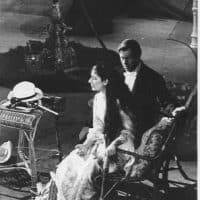
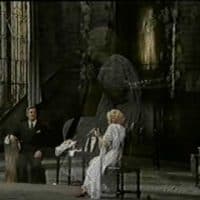

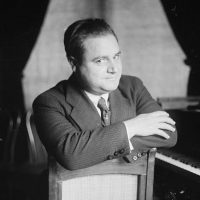
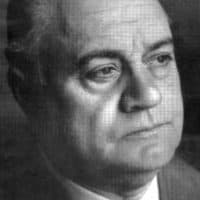
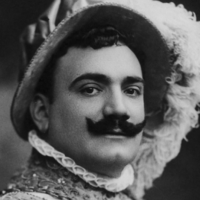
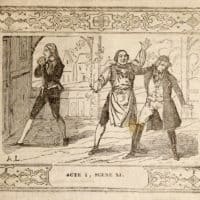
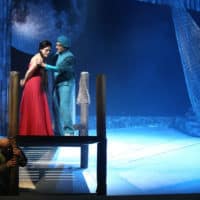
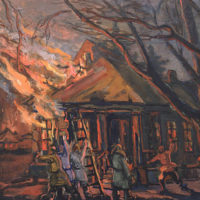

The Cincinnati Opera recently concluded their season with a new production of the Magic Flute in which the stage set was 100% (and I DO mean 100%) projected. I attended a performance and was completely blown away in the best sense of the phrase. I’ve seen many Magic Flute productions over the years in several major opera houses, and I can attest that this was by far the most exciting, most engaging production I’ve ever seen. Here is a one-minute clip of it on YouTube: https://youtu.be/TSThS0pE4Dw